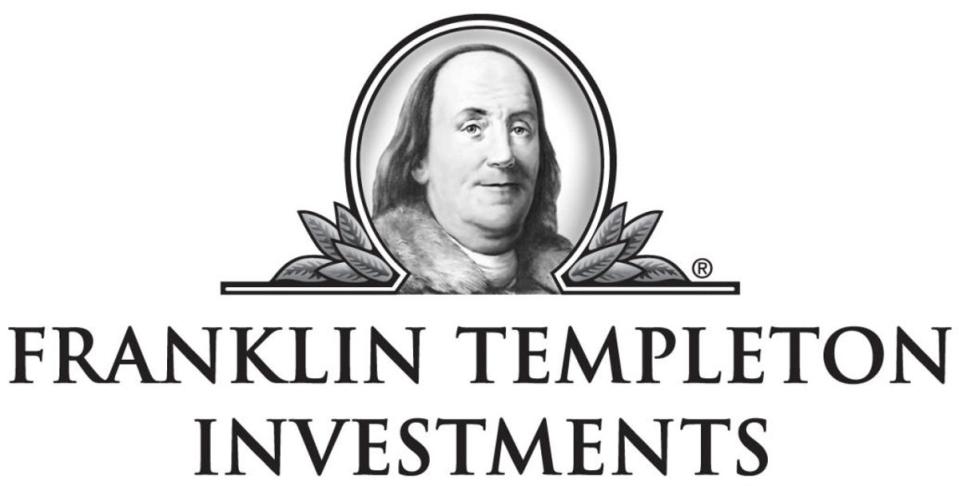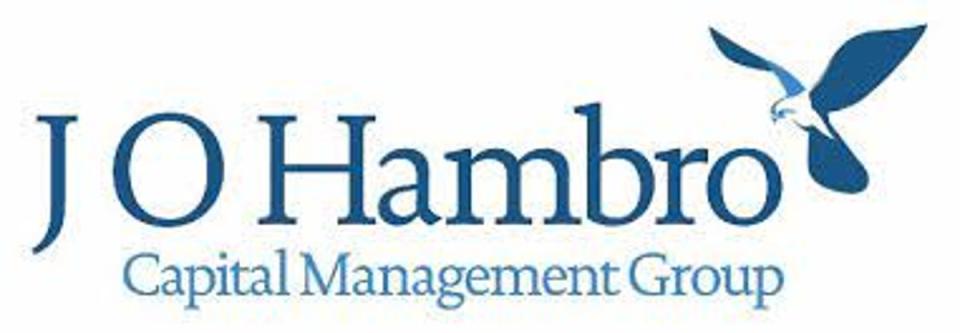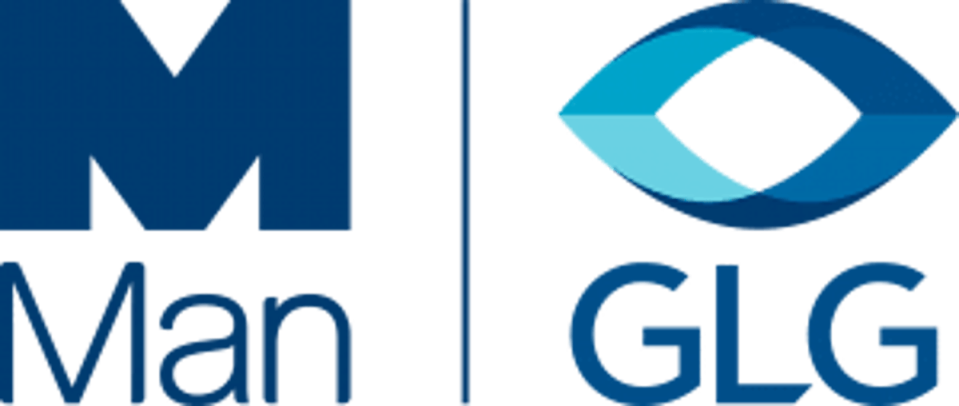Best UK funds

Investors looking to make money from stocks and shares experienced a roller-coaster ride in 2022 against a backdrop of soaring inflation, rising interest rates, plus the economic fall-out from the ongoing war in Ukraine.
The London stock market, relatively speaking, saw out the storm a lot better than other leading financial centres, notably, the US.
Take the FT-SE 100, for example. The stock market index of the UK’s leading companies rose by a shade under 1% during the course of 2022.
Hardly what could be described as an earth-shattering performance on the part of the ‘Footsie’. That said, it was almost a cause for celebration compared with how events panned out in the US.
Last year, the influential S&P 500 stock index fell by around 18% leaving it perilously close to so-called ‘bear market’ territory.
The main reason for such a marked divergence in the recent fortunes of the UK and US markets revolves around the companies that make up their respective stock indices.
The FT-SE 100 comprises stalwarts from traditional industry sectors such as energy, banking, and tobacco production. Unlike the US, it does not contain many ‘high-growth’ companies - those that tend to perform best when interest rates are low and when economies are starting to heat up.
In recent years, this trans-Atlantic difference has meant that investors whose holdings had a UK bias lost out considerably in terms of performance compared with counterpart US portfolios. For the time being, however, the tables have turned.
In the FAQs below, we look at the case for investing in UK funds in more detail.
We’ve also asked Rob Morgan, investment analyst at wealth managers, Charles Stanley, to identify five UK funds suitable for would-be investors with varying risk profiles.
His selections are listed in alphabetical order below, along with the reasons for his choices, plus a round-up of his overarching investment methodology.

FTF Martin Currie UK Smaller Companies
Fund size: £200 million
Fund type: OEIC
Target index: Numis Smaller Companies ex-Investment Trusts Index
Annual fund charge: 0.82% pa
Key points
Smaller companies are an exciting if higher risk area that can add diversification to a portfolio.
This fund contains a balance of smaller companies, from growth-oriented businesses to potentially under-appreciated ‘value’ names. Holdings at the end of July 2022 included Alpha FX Group and Foresight Group Holdings.
This concentrated portfolio only invests in a relatively small number of companies. This increases the impact of each holding on performance and can lead to meaningful sector-beating returns if the managers get their stock selection right. The reverse is true if they don’t.
The fund has done a good job capturing the growth and dynamism of the UK smaller companies’ market, albeit with a more conservative valuation discipline than some of its peers.
The fund is able to invest flexibly across a range of opportunities in the smaller company universe. It also makes good use of the initial public offerings (IPO) market, buying into companies new to the stock market.
Who should invest?
Smaller companies can be higher risk as they are often less diversified, or at an earlier stage of development. This fund is therefore for more adventurous investors or those wishing to diversify a portfolio focused on larger businesses.

iShares Core FTSE 100 UCITS ETF
Fund size: £10.6 billion
Fund type: ETF
Target index: FTSE 100
Annual fund charge: 0.07% pa
Key points
For straightforward and low-cost access specifically to the UK market this exchange-traded fund or ETF (see FAQs below) is highly competitive.
It is a ‘physically replicated’ fund holding all the same stocks and in the same proportion as the FTSE 100 index, with a strong record of closely following it.
This multi-billion pound ETF tends to be easy to trade with a tight spread between the fund’s ‘buy’ and ‘sell’ prices.
There is an income version of the fund for those wishing to receive dividends (paid quarterly) rather than having them reinvested into the portfolio.
Who should invest?
Investors looking for ‘plain vanilla’ exposure to the UK market, or those that are cost-conscious about the funds they buy.

JOHCM UK Equity Income
Fund size: £1.7 billion
Fund type: OEIC
Target index: FTSE All-Share
Annual fund charge: 0.70% pa
Key points
Aims to achieve long-term capital growth and to generate a dividend yield above the FTSE All-Share Index average.
There is a strict yield (income) discipline, with managers seeking to invest in fundamentally strong companies at an attractive price and relatively high starting yields.
The fund typically has significant exposure to small and medium-sized stocks, often giving it a different holdings profile to other income funds.
Clive Beagles has co-managed the fund alongside James Lowen since inception in 2004, an example of longevity rarely seen in modern day fund management.
With a decent exposure to energy and commodities, the portfolio can harness increasing prices in these areas. Holdings include BP, Glencore and Barclays.
Who should invest?
Those looking for income will find the yield attractive at 4.4% currently. This has the scope to grow over time as dividend payouts increase. The valuation-sensitive approach also makes the fund a good counterweight to more growth-oriented funds.

Liontrust Sustainable Future UK Growth
Fund size: £776 million
Fund type: OEIC
Target index: MSCI UK
Annual fund charge: 0.9% pa
Key points
The fund invests in 40 to 60 companies that meet its rules for environmental and social responsibility.
The portfolio is constructed from high-quality and sustainable companies benefiting from long-term structural trends. Holdings include Trainline plc and AstraZeneca.
The investment themes encompass safety, resilience, health, quality of life and efficiency, with each stock analysed for ethical, social and corporate governance factors alongside return potential.
The fund management team, headed by Peter Michaelis, is highly regarded.
For those looking to invest more sustainably, this fund is a good option. However, the bias to higher growth companies and a concentrated portfolio means returns can be expected to deviate significantly from the index or a tracker fund.
Who should invest?
Those looking to invest more responsibly, or wanting to embrace long-term structural trends in technology, healthcare and cleaner energy.

Man GLG Undervalued Assets
Fund size: £1.1billon
Fund type: OEIC
Target index: FTSE All-Share
Annual fund charge: 0.90% pa
Key points
This fund adopts a ‘value’ approach, buying cheaper stocks in the expectation their merits will be more widely appreciated over time and the share prices will rise.
It has an established, disciplined process with an emphasis on financial strength. The managers, headed by Henry Dixon, target companies whose share prices do not fully reflect their intrinsic value and those whose profit streams are undervalued. Holdings include Grainger plc and Redrow Group.
The portfolio is dynamically managed, with assets sold when they achieve what the managers consider to be fair value and replaced with fresh ideas in cheap territory.
To guard against buying ‘value traps’ - investments that appear to be undervalued but turn out to be cheap for a reason - the team also likes to see good cash generation and operational momentum before investing.
A value strategy such as this could fare well in a rising inflation and interest rate environment, as cheaper companies with resilient earnings and balance sheet strength could provide relative stability.
Who should invest?
This fund offers diversification from many popular funds that concentrate mostly on growth prospects. It could help balance out a portfolio that relies too much on these, or it could provide a good-quality standalone UK fund for those wanting a back-to-basics approach that doesn’t rely on low interest rates.
Methodology
Charles Stanley’s Rob Morgan says his fund selection philosophy is to concentrate on the four Ps: people, process, performance, and price. This is done by examining key characteristics such as risk, style, sustainability, governance, charges, operations, inflows/outflows and capacity constraints.
He adds: “We aim to identify the key factor, or ‘edge’, that a fund possesses. This might be that it does something differently or better, or in the case of passive or tracker funds, which aim to follow rather than beat an index, it might be that they offer the lowest charges available for the approach taken.
“Within the selection we want to encompass different styles and approaches to provide diversification and reduce reliance on certain sectors or types of company.”
Frequently Asked Questions
Why invest in stocks and shares?
There are numerous reasons for investing in the stock market – from taking the fight to inflation and making your money work as hard as possible, to building a retirement nest egg.
Always be aware that stock market investing involves risk and is not suitable for everyone. Before you even consider taking the investing route, it’s important to work out your financial goals. Look to build up a ‘rainy day’ cash fund equal to at least three months of your usual outgoings before taking the investment plunge.
If you’ve weighed up the pros and cons and have time on your side (at least five years, preferably longer), the next consideration is deciding exactly how you’re going to gain exposure to stocks and shares.
You could, for example, invest all your money in a single company. But this can be a very high-risk strategy. If that company fails, you’d potentially lose a large proportion (if not all) of your money.
What is an investment fund?
Investment funds, in contrast, enable you to diversify your money via a large portfolio of companies in which a fund invests on your behalf.
Contributions are pooled from potentially thousands of investors, with the proceeds managed by professionals according to strict investment mandates, each with a particular target, such as aiming to outperform a benchmark stock market index, the FT-SE 100 for example, by a specified percentage each year.
Funds hold a range of assets – from cash and bonds, to property and equities – each with varying risk profiles. Equities is an interchangeable term for stocks and shares.
The remit of some funds is more focused than others. For example, a portfolio may concentrate on a particular country or region (such as the UK, or Far East) or industrial sector (such as technology).
What are OEICs and what does ETF mean?
Investment funds exist under a variety of guises including:
OEIC (open-ended investment company)
SICAV (société d’investissement à capital variable)
UCITS (undertakings collective investment in transferable securities)
ICVC (investment company with variable capital).
In each case, the idea of a pooled accumulation of money created by the contributions of multiple investors is the same.
In addition, ETF stands for ‘exchange-traded fund’ and offers investors a way to access stock markets without needing the stock-picking skills associated with selecting individual company winners. ETFs focus less on favoured individual stocks and more on a collection of investments in a market or sector.
Along with index tracking funds, ETFs are part of the ‘passive’ investing movement, where investment portfolios are created with the help of computer programs.
In contrast, ‘active’ investment management involves fund professionals striving to outperform a particular stock index or benchmark using a combination of analysis, experience and judgment – all of which tends to lead to higher costs for the customer.
What is a UK equity fund?
UK equity funds refine the investing concept a stage further by only buying into companies traded on the London stock exchange.
Large capitalisation, or ‘large cap’, UK equity funds comprise stock market giants such as Shell and AstraZeneca. But it’s also possible to invest in portfolios covering less well-known businesses and smaller listed companies, including so-called fledgling firms.
The funds highlighted above invest in a range of businesses large and small occupying a wide spread of industrial sectors.
Should I invest in a UK equity fund?
Buffeted by the economic uncertainty that arose out of the 2016 Brexit referendum, the UK market has, according to industry polls, remained largely unloved by professional investors ever since.
Investor confidence further ebbed away during the Covid-19 pandemic of 2020 resulting in UK shares lagging in performance compared with those of other regions, notably, the US.
According to fund analysts Calastone, a record £8.4 billion was pulled out of UK equity funds during the course of 2022, as investors turned to safe havens amid pessimism about the domestic economy, soaring inflation and the Russian invasion of Ukraine.
That said, a number of investment houses have started to upgrade their outlook for the UK market.
Energy and mining companies, financial institutions (such as banks) and other so-called defensive stocks traded in London have been buoyed by factors such as soaring commodity prices plus a series of interest rate rises throughout the course of 2022 (with the potential for more to come).
How do I buy a UK equity fund?
You can buy directly from a fund provider, or purchase holdings via an online investing platform, trading app, or through a financial adviser. Pay special attention to fund charges and administration fees as these will ultimately bite into the performance of any investments that you make.
Charges vary from one provider to another, so it’s vital you choose an option which invests the lion’s share of your holdings.
How much do equity funds cost?
It’s nigh-on impossible to guarantee returns from stock market-related investments.
But investors can tilt the table in their favour by paying as little as possible for each trade they make and keeping other charges to a minimum. You can find out more here about weighing up investment fees and administration charges.
The UK funds identified above include an annual fund charge. The idea is to produce a standardised method of comparing the costs of funds. The charge gives an indication of a portfolio’s annual running costs and comprises the fund manager’s fee, along with administration, marketing and regulatory costs.
For example, a £1,000 investment in a fund with an annual charge of 1% will cost £10 per annum. Bear in mind that admin/dealing charges may also apply depending on how the fund was bought – directly from a fund provider, say, or via an investment platform or trading app.
How do I invest tax efficiently?
Individual savings accounts (ISAs) are a form of financial wrapper that offer a tax-free way to save and invest. A stocks and shares ISA is a tax-efficient product that allows you to gain exposure to the stock market.

 Yahoo News
Yahoo News 
